The sunflowers are starting. My son and husband alerted me to the single bloom in our backyard in early May, just as I was steeling myself to face the dry, too-bright months ahead. Keeping my spring flowers – marigolds, primrose, salvia, milkweed, verbena – going is labor. Greeting a newcomer is refreshing. Better yet, this is a perennial variety I planted 2 ½ years ago that is finally established enough to shine.
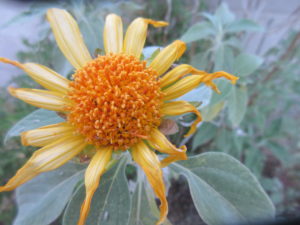
At work, too, my students got to discover sunflowers opening above their heads during their last garden classes of the school year. As I tried to wrap up projects, finish spring harvests, and clean up well-used beds, kids impulsively dove forward to the beckoning, bright heads. Even as I called students back to the current lesson, I couldn’t blame them for taking the flowers’ lead into the new season.
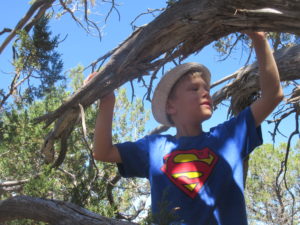
Which season? According to the earth’s position with the sun, spring remains. According to local temperatures and moisture (lack thereof), Arizona has entered foresummer. According to Arizona’s school calendars, it’s vacation. Another time of transition, whichever way you look at it.
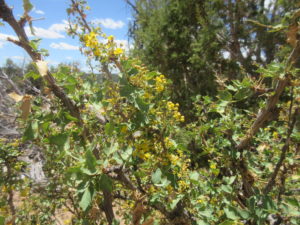
Our family welcomed this time with a weekend camping trip. I was curious what colors I’d find in the high desert of Northern Arizona – where the temperatures haven’t yet reached 100 degrees, but where the winter precipitation was as scant as Tucson’s. Ashen boulders, pale orange dust, grey-green trees, and baby blue sky abounded as usual. The biggest seasonal show was of flowers small and creamy-white. Here and there were red, yellow, and purple surprises. Each brought a smile to my face, as flowers usually do.
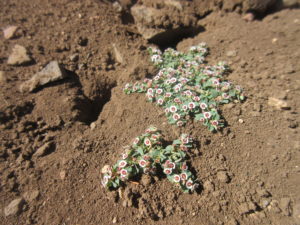
I decided against the flower-crushing craft project in my parental bag of tricks, in deference to the survival of these few strong species – and to the fact that white petals would not show up on a white cloth. Crushing rocks, crushing dirt clods, and crushing peanut butter pretzels entertained my boys just fine instead. Bright points also included my 8-year-old pausing his play to point out a brilliant shrub I’d overlooked and to report a shimmering hummingbird up in a dry, scragly juniper.
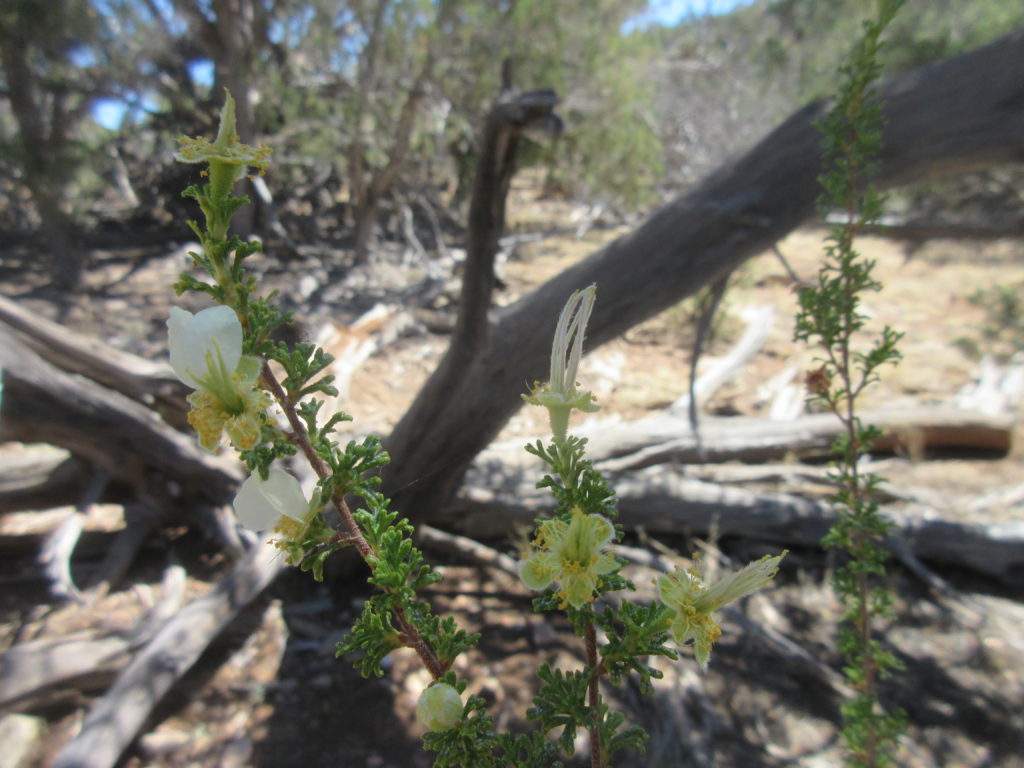
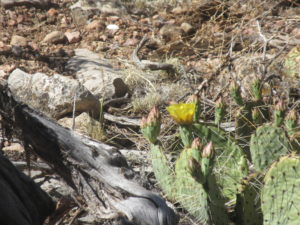
My hopes for more flowers stemmed in part from learning that May’s full moon – tonight, May 29 – is named the “Flower Moon.” Stories from cooler climes tell of new spring abundance. In my Tucson gardens, except for the new sunflower and a few hardy bushes, spring flowers are tired at best. On our vacation west of Williams, the initial impression of few flowers prompted me to search harder and to appreciate better the colors that emerged.
And what of the moon itself? The light of the nearly-full moon, and the coolness of the not-yet-summer night air, enveloped us all for two peaceful evenings. Brightness comes in many forms.
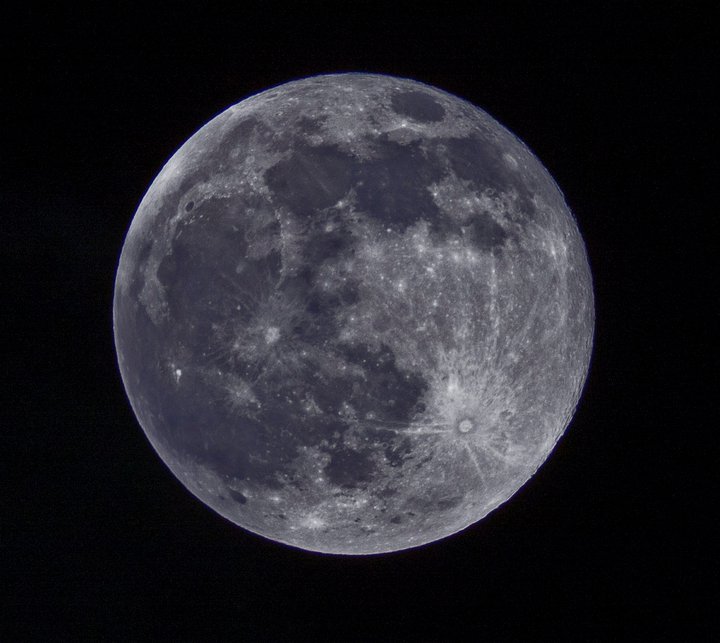
Photos by Anna Van Devender unless otherwise noted


